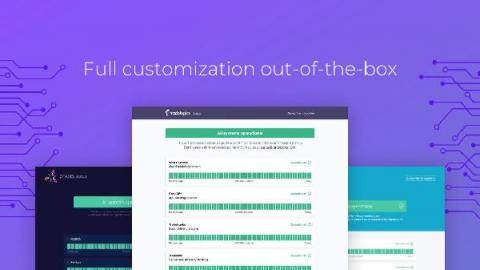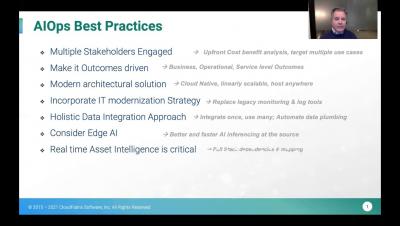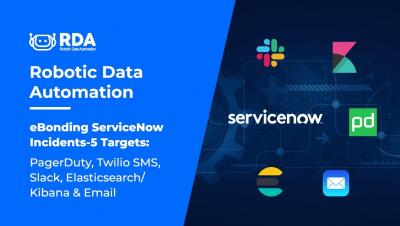AIOps as a modern cockpit, and why that matters
Our human capacity for ingesting information and acting on it, is constant. As the systems we operate grow more complex, we need to make sure we use technology that presents us with only the relevant information we need, exactly when we need it. In aviation, this lesson was learned long ago, and now IT Ops is catching up.











